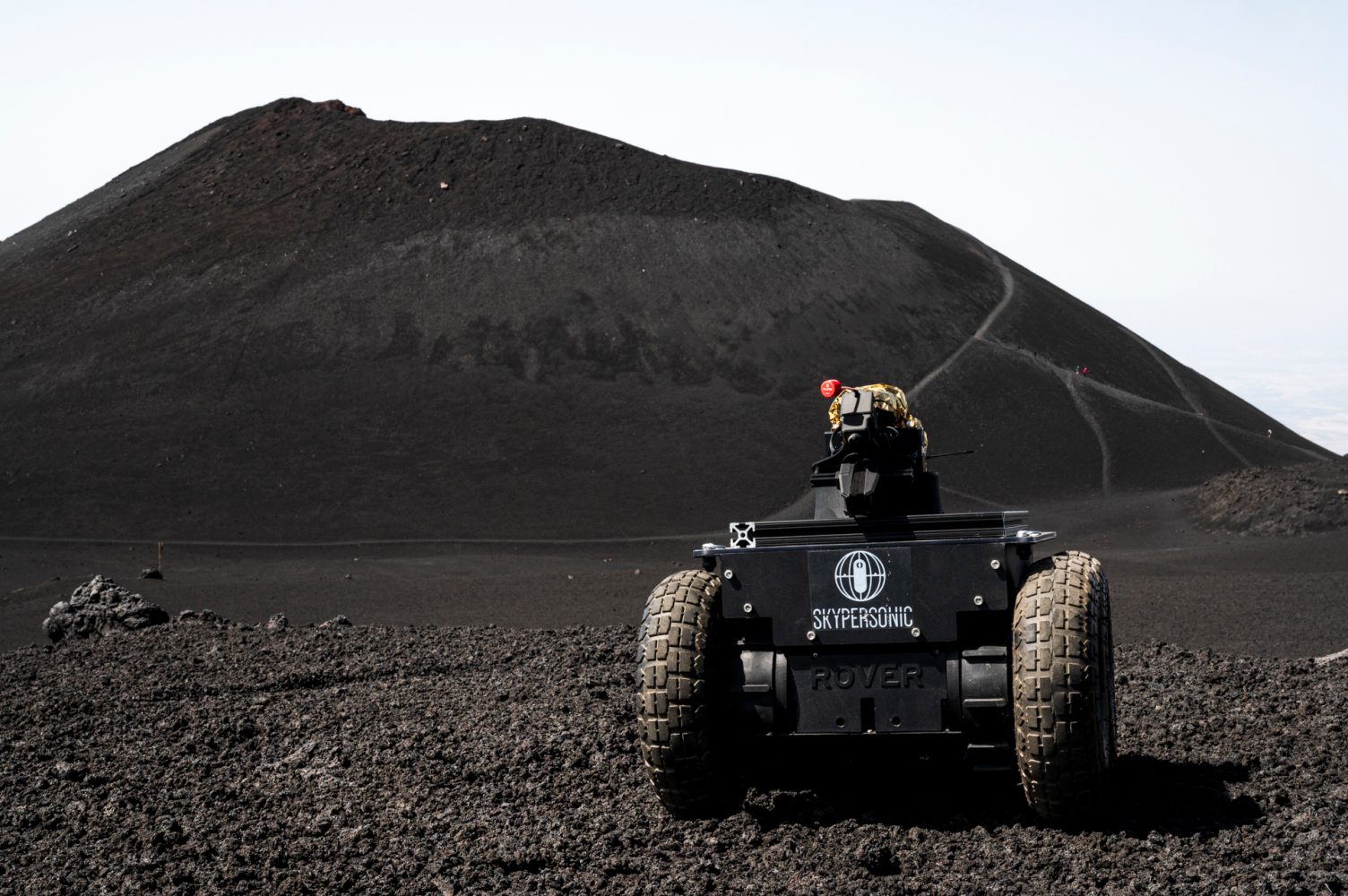
Remotely piloted drone tech and services company Skypersonic has made delivery of its specially designed and tested hardware and software package to NASA for use in a year-long simulated Mars mission.
Red Cat Holdings-owned Skypersonic created the remotely controlled drone and rover platform tailored to the requirements of NASA’s simulated Mars mission, including the ability of vehicles to handle the difficult terrain and extreme temperatures they’d encounter on the Red Planet. Skypersonic successfully put the system through a battery of tests last summer on the rocky volcanic terrain of Italy’s Mt. Etna as part of the final preparations for handing it over to the US space agency.
Read more: Skypersonic drone on Mt. Etna tests simulated NASA Mars mission
During the year-long program, a NASA team will be sealed within the Crew Health and Performance Exploration Analog (CHAPEA) – a 1,700-square-foot simulated Martian habitat at the Johnson Space Center in Houston. In addition to living and working in conditions crews are expected to experience during future journeys to the planet, CHAPEA members will also operate the Skypersonic drone and rover units situated in remote desert and mountain locations approximating Martian terrain.
Presuming NASA mission participants have relatively steady hands with the control sticks, they should have little problem navigating those vehicles from as much as half the world away. In its 15 days of testing completed in August, the Skypersonic drone and rover platform performed as expected negotiating Mt. Etna’s volcanic landscape while carry out various tasks, including rock sample collection.
Key to those trials was the effectiveness of Skypersonic’s Long Range Real-Time Remote Piloting and Skyloc systems, which are designed to assure the control and tracking of drones in places where GPS isn’t available – as was the case on Mt. Etna, and will be on Mars (real and NASA-simulated).
Read: NASA developing drones to monitor potential volcano eruptions
Detroit-based Skypersonic has used the same tech to perform remote infrastructure inspections by operators in the US controlling drones continents away – often, as with Mt. Etna, in Italy, where the company has a Turin office.
Now it’s ready to step back and watch NASA’s CHAPEA crew do the same during their year-long stint in a simulated Mars home.
“This recent delivery is the latest milestone in our five-year contract with NASA to provide drone and rover hardware, software, and support to the Simulated Mars Missions,” said Skypersonic CEO Giuseppe Santangelo. “We look forward to working closely with the Simulated Mars Missions crews in the coming years to develop and test the prototype of the first drones and rovers to be used by humans on Mars. The challenges are great – extremely thin atmosphere, dramatically cold temperatures, a largely unknown environment – but I am confident we will prevail and advance the science of our industry in the process.”
FTC: We use income earning auto affiliate links. More.



Comments